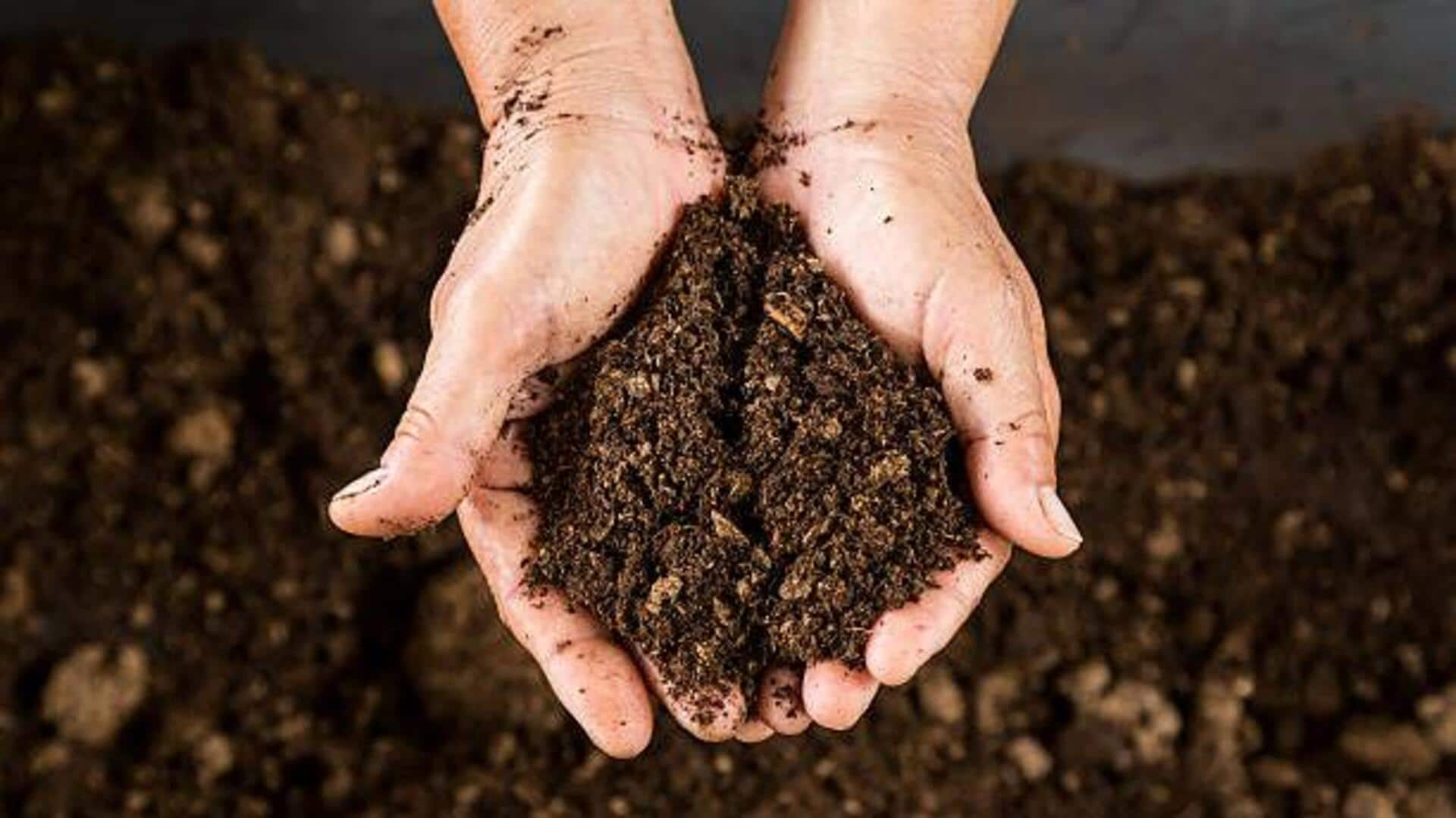
Vermicomposting at home: A beginner's guide
What's the story
Vermicomposting, or recycling organic waste the eco-friendly way using worms, can be easily incorporated with indoor plants. Not only does this method minimize waste, but it also enriches the soil, helping plants grow healthier. If you know how to take care of worms and manage their habitat, you can make vermicomposting work better at home. Here are some handy tips to make your vermicomposting successful.
Worm selection
Choosing the right worms
Choosing the right kind of worm is essential for successful vermicomposting. Red wigglers are often suggested for they efficiently digest organic matter. These worms prefer a range of temperatures and are easily adaptable to indoor conditions. Having a healthy population of red wigglers will lay a strong foundation for your composting system.
Environment control
Maintaining optimal conditions
Maintaining optimal conditions is key to worm health and composting efficiency. Most composting worms thrive in a 15-degree Celsius to 25-degree Celsius (59-degree Fahrenheit to 77-degree Fahrenheit) temperature range. The bedding should be moist but not waterlogged; too much moisture can create anaerobic conditions that are detrimental to worms. Keep checking pH levels regularly, keeping them neutral around seven.
Food management
Feeding practices
Proper feeding practices largely determine the success of vermicomposting. Instead of dumping a large amount of food scraps at once, feed your worms small amounts regularly. Stay away from citrus peels, onions, garlic, and spicy foods as they can either harm the worms or affect pH levels unfavorably. Chop food scraps into smaller pieces to enable quicker decomposition.
Compost collection
Harvesting compost
Harvesting compost at regular intervals also keeps your system balanced and productive. Once every three months or when you see a notable buildup of castings, gently separate the finished compost from areas where worms are active. Use the nutrient-rich material as fertilizer for indoor plants by mixing it into potting soil or applying it directly on top.
Health checkups
Monitoring worm health
Regularly monitoring worm health helps catch potential issues before they grow into bigger problems in your bin setup. Look out for signs such as foul odors, indicating improper decomposition processes, sluggish movement suggesting stress, or visible pests like mites, which could indicate imbalances. Address these promptly by adjusting environmental factors accordingly.